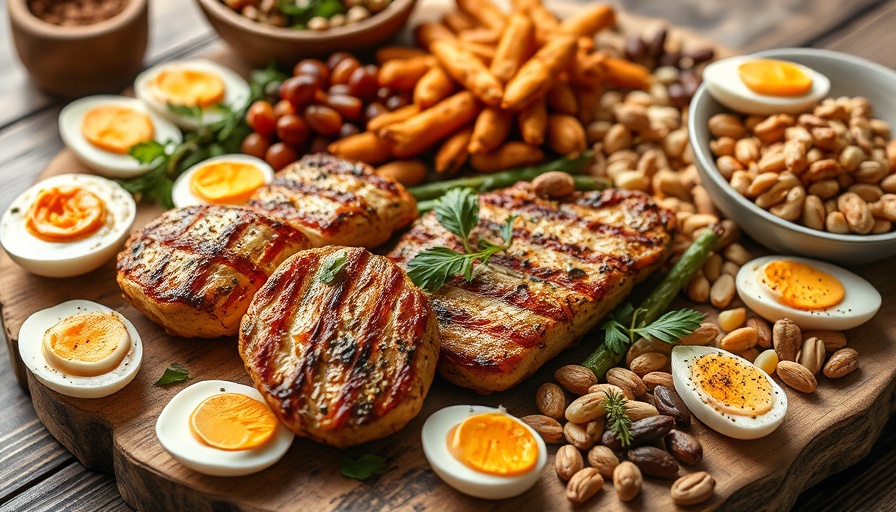
Boosting Protein Intake: A Simple Guide for Gym Owners
In today’s fitness landscape, protein has become an essential topic for gym owners looking to guide their members toward healthier dietary choices. With many individuals now aware of the importance of protein for muscle recovery and growth, providing valuable resources on how to incorporate more protein into daily diets can enhance the overall gym experience and client satisfaction.
Understanding Daily Protein Needs
For many, the question isn’t whether protein is necessary, but how much is required. The general recommendation for those involved in strength training is between 1.2 to 2.0 grams of protein per kilogram of body weight, though this can vary based on individual goals and body composition. For a 200-pound individual, this translates to anywhere from approximately 108 to 181 grams of protein per day.
Tools like the Evolt body scanner are invaluable. They can help one determine daily protein intake based on personal health metrics, allowing gym owners to offer personalized advice tailored to each member's fitness plans.
High-Protein Staples to Stock
In advising members on dietary changes, having a clear list of high-protein foods is crucial. Here’s an effective selection for gym-goers to consider:
- Lean Meats: Chicken breast, turkey, and lean cuts of beef are great sources.
- Fish: Salmon and tuna not only provide protein but are also rich in omega-3 fatty acids.
- Legumes: Beans and lentils can be incorporated into many diets, offering a plant-based protein option.
- Dairy: Greek yogurt and cottage cheese are not only high in protein but also versatile for various snacks.
- Protein Powders: Convenient for on-the-go nutrition, protein powders can easily enrich smoothies or oatmeal.
The Protein vs. Carbs Debate
It’s vital to help members understand how protein differs from carbohydrates. While carbs fuel quick energy needs during workouts, protein is the key player in muscle repair and growth. Encouraging a balanced diet that includes both macronutrients can enhance training outcomes and overall health.
Processed vs. Whole Foods: The Nutritional Value
While it may be tempting to reach for processed protein bars, pointing out the importance of whole food sources is essential. Whole foods generally provide additional nutrients and are better digested compared to their processed counterparts. Engaging gym members on this topic can promote healthier eating habits long-term.
Creating Easy, High-Protein Snacks
For gym owners seeking to help their members develop new habits, suggesting easy snack options can be a game changer:
- Hard-boiled eggs with a sprinkle of salt.
- Greek yogurt topped with mixed berries.
- Nut butter on whole-grain toast for a quick boost.
- String cheese paired with apple slices.
Encouraging Member Engagement Through Nutrition
As fitness professionals, gym owners can not only provide workout routines but also offer nutritional guidance. By hosting nutrition workshops or providing informative handouts on protein intake, gyms can create a well-rounded approach to fitness that supports members' overall well-being. Enhancing protein knowledge empowers gym-goers and fosters a supportive environment.
By integrating these practical tips on increasing protein intake into the gym culture, owners can ensure members remain informed and motivated to pursue their fitness goals effectively. The result? A healthier member community and a thriving gym ecosystem.
 Add Row
Add Row  Add
Add 




Write A Comment